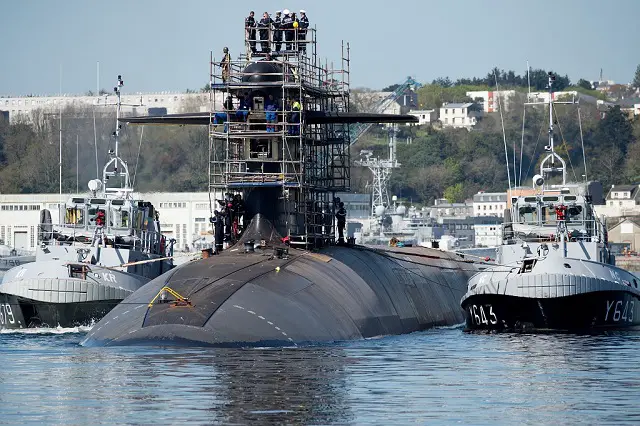French Nuclear Deterrent, Episode 2: The SSBN, a "System of Systems"
|
A further challenge: supply security
Large industrial groups from the mechanical engineering, electrical and electronics sectors, SMEs of all sizes in both the civil and military domains, merger-acquisition operations… The profile of DCNS’s equipment supply base has changed significantly over the last few years. A reality that has redefined and has perhaps rendered even more complex the management of the Supply Chain to ensure supply security over the long term in the context of the production of such an atypical product as an SSBN. All these elements, criticality of professions, inter-programme discontinuities, evolution of subcontracting, demonstrate the extent to which an SSBN prime contractor must be capable of bringing together scientific and technical excellence and collective and transversal control, rather than simply assembling areas of expertise. This overarching responsibility is taken on by DCNS and this distinguishes France from other countries. |
|||
|
|
|||
 Refit of Le Triomphant-class SSBN Le Téméraire. Picture: DCNS Refit of Le Triomphant-class SSBN Le Téméraire. Picture: DCNS |
|||
|
|
|||
|
DCNS prime contractor for 3 generations of SSBNs
Dismantling and deconstruction of the 1st-generation SSBNs Through-life support for the 2nd-generation SSBNs currently in operation and their adaptation to the M51 missile Design studies for 3G SSBNs A unique organisation An SSBN is a complex system whose efficiency is related to the quality of the integration of the components making up the vessel, the management of the technical interfaces between the main systems and the operational deployment of the deterrence weapon system. These fundamental technical aspects require strong control by the prime contractor, supported by the Cœlacanthe Management Unit (DGA), which manages programmes under the oceanic deterrence component, and industrial project management based on 4 coordinating entities: DCNS (prime contractor and whole warship architect) Areva TA (nuclear reactor) Airbus Safran Launchers (strategic missile) CEA DAM (nuclear warheads and simulation). |
|||
|
|
|||
|
¹Study published in October 2016 (in French)
|
|||



























